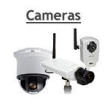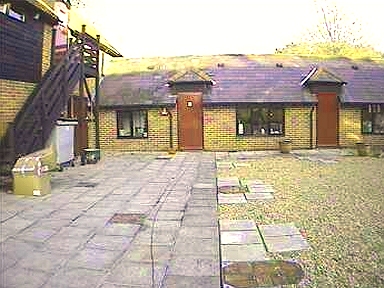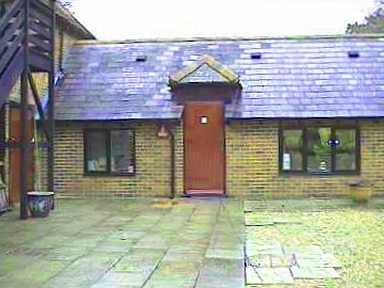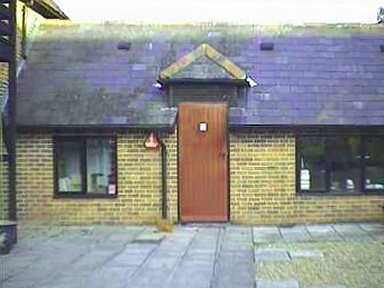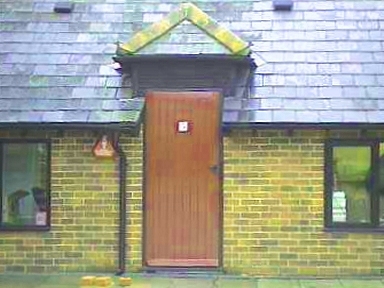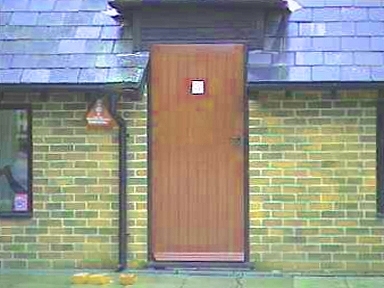
|
|
|
Implementing iCatcher
Learn how to implement an iCatcher system, from single camera residential to multi-camera - multi-site. read more... Sample iCatcher SitesMany thousands of people around the world use iCatcher software. See iCatcher images live. read more... Wildlife picture galleryi-Catcher Wildlife captures fantastic scenes from nature. Have a look at some of the best. read more... Capture equipmentFind out about suitable equipment for use with iCatcher, from cameras to lighting, and more. read more... iCatcher Business PartnersWould you like to learn more about how to do business reselling iCatcher solutions? read more... |
Lens Guide for CCTV Cameras One of the difficult problems when setting up a CCTV system, is choosing the right lens for your cameras as different lenses give different fields of view, and different levels of zoom. Some of the higher-end lenses also offer features such as Auto-Iris, and manual zoom/focus adjustment. Choosing the wrong lens can lead to a camera monitoring too small an area, or conversely not having enough zoom to capture events with clarity. Lens size samples The following images demonstrate the differences in lens sizes. We set up a tripod 10 metres from the office door, and mounted 5 High Definition Weatherproof Day/Night cameras, using one of each of the available 4.3, 6, 8, 12, and 16mm lenses. Aside from the lens size, the cameras are all identical, and the position of the camera does not change. This guide can also be used for comparing with lens sizes for body camera lenses.
Adjustable lenses are marked with their maximum and minimum sizes. Examples are 3.5 - 8mm lenses (of which the 6mm sample above would be roughly in the middle of this range), and telephoto lenses that range from around 5 to 50mm. Field of View The following table shows the field of view available with the various lens sizes shown above. Of the two values shown, the first value is the horizontal field of view, the second is the vertical field of view. The values show the total angle between each end of the field of view. CCD Size is the area of the CCD image element inside the camera.
Weatherproof Day/Night Cameras The most popular camera available from our CCTV shop is the weatherproof Day/Night camera range. These are general purpose cameras with a fixed lens size and focus, which work well for small and large areas, indoor and outdoor. These cameras are available with different lens sizes built-in. Once you have obtained the camera, the lens size can not be changed, so it is important to ensure you choose the right size. "Conventional CCTV" Body cameras Sometimes CCTV applications require a more specific type of camera, that can offer precise flexibility in zoom and focus. For this reason, we also supply a wide range of body cameras, which are recognisable as having the traditional CCTV camera square body shape. These cameras are supplied without lenses, so a separate inter-changeable lens must be purchased. The lenses have an adjustable lens size and focus, allowing you to zoom to a precise point with absolute clarity. While this option provides the most flexibility, it is also more expensive, especially when you need to mount the camera outside. Auto-Iris Lenses for CCTV Body cameras are also available as "Auto-Iris" types. These have a lead that connects to the camera itself, and provides the camera with the ability to let in more light in dark conditions, and less in bright conditions. This helps avoid the common problem of "sunrise glare", where the rising sun shines directly into the camera, completely blinding the camera's view. Auto-Iris lenses are available as two types, DC-Drive and Video Drive. DC-Drive lenses use a control signal from the camera to adjust the iris size, whereas video-drive lenses adjust the iris size based on the brightness of the image in the video signal. Lenses are either DC drive or Video Drive, but never both. Cameras very often support both modes, utilising a mini switch to select which to use, but not all cameras do this. Always check the lens and camera before buying both. |
||||||||||||||||||||||||||||||||||||||||||||||
